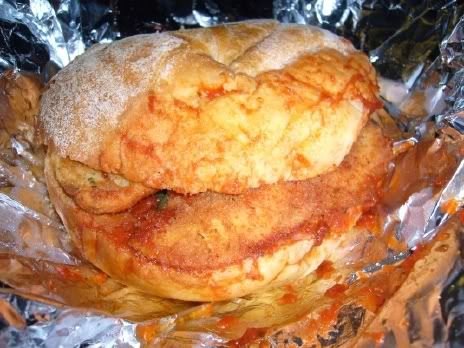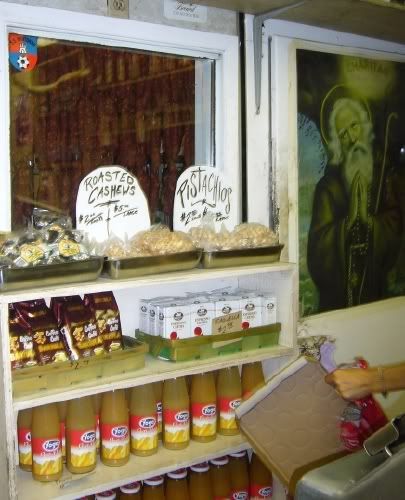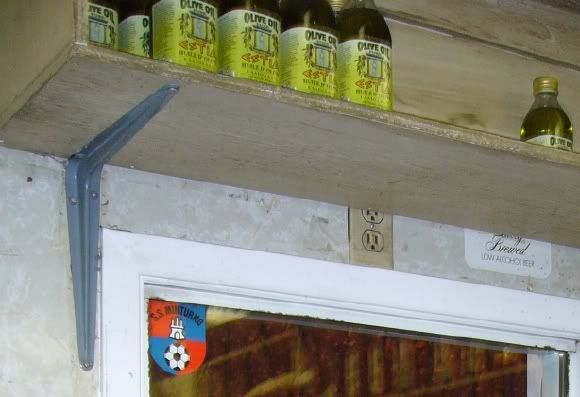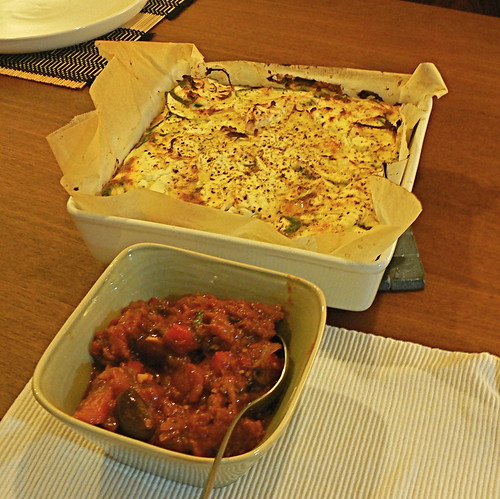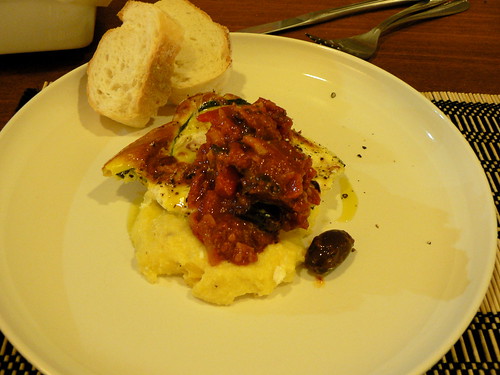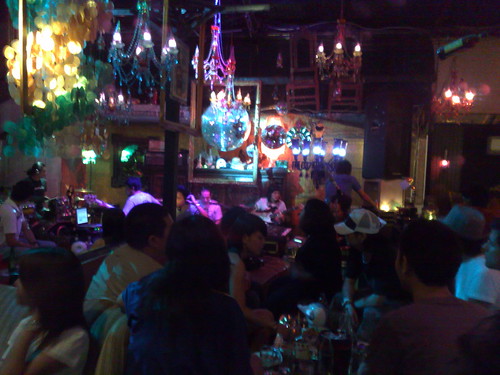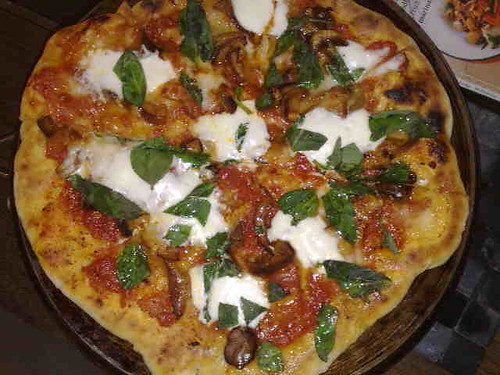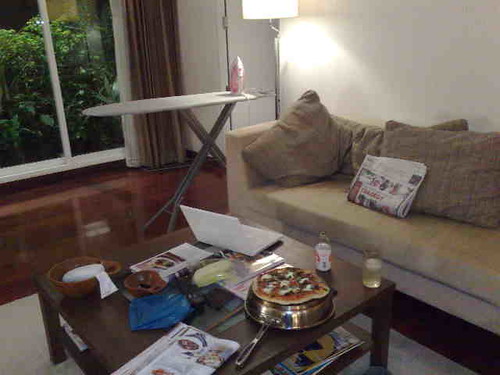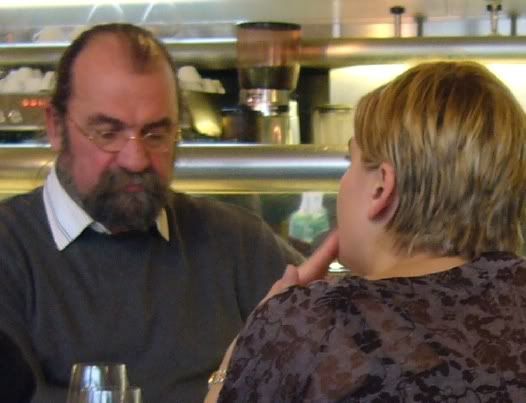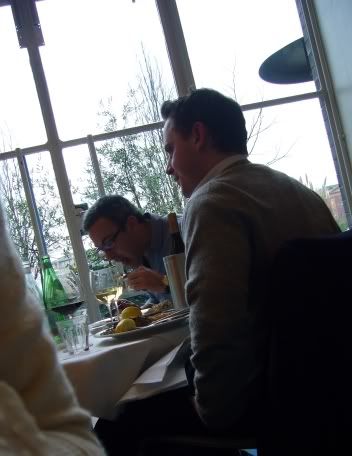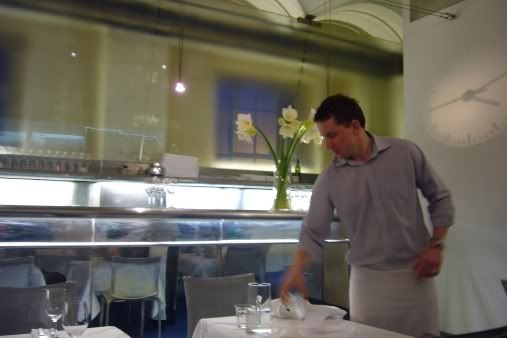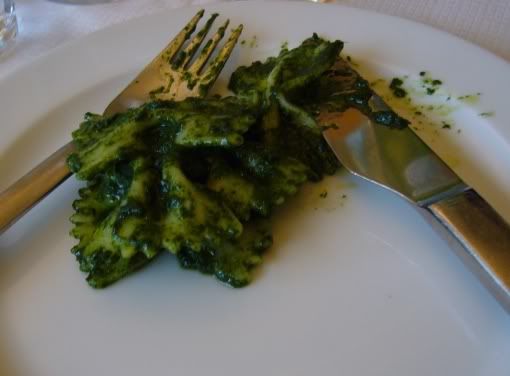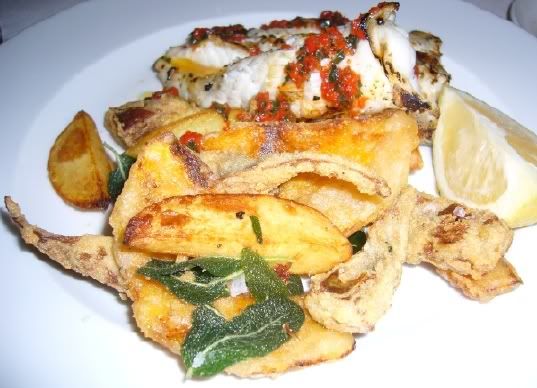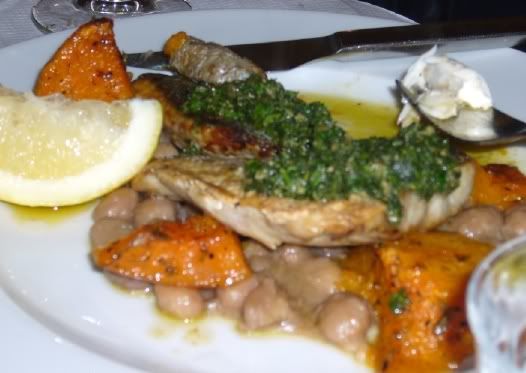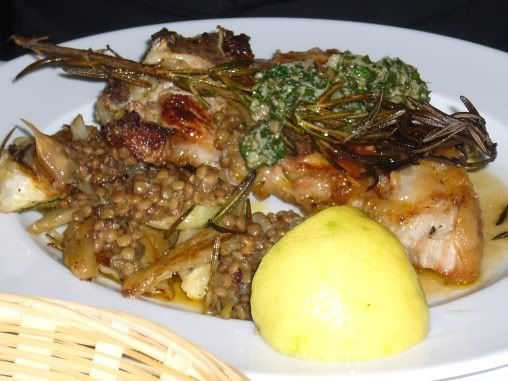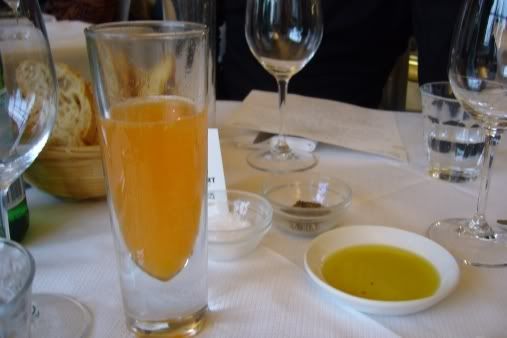My sister's husband is Canadian, and on their recent trip to Canada she wrote me about the foods which they particularly enjoyed feasting on.
"Breakfast pitas (a wholegrains, fruit and cinnamon pita bread, best toasted with honey or jam), poutine (Quebec speciality- hot chips, melted cheese curds and gravy), perogies (a Ukranian dumpling filled with cheese and mash, and fried with onions and bacon, and served with sour cream), beaver tails (kind of a hot pastry oval covered in sugar and lemon), Doritos (the perfect junk food spicey corn chip), Montreal bagels (chewy like no other), pickled eggplant (spicy and salty and sort of chewy crunchy, usually eaten in a bagel sandwich), wild blueberries (tiny and tasty, and best eaten seconds after picking from an island in the lake, only reachable by canoe)."
We're coming up to our 5th week in Toronto, and we only ate a couple of things on that list. The breakfast pitas are indeed dope, while the poutine was pretty good but undoubtedly better in Quebec.
Still, Toronto is a city of many cultures and thus the list of foods one could or should try is very long.
The airport in Toronto is rather grey and shabby, and one's first impression upon being downtown is of a city that continually knocks down and rebuilds, so that the Financial district and the more conservative (east) end of Queen West is peppered with Gap, Zara, HMV and countless shiny new fusion restaurants with names like 'Spring Roll'. Very 'New World'. But interesting in that it has all the towering buildings and wide avenues of a huge city, but lacks the underlying anxiety of big cities in the States.
As Torsten Schmidt put it: "it's certainly a mash-up of post-colonial, imperial, British-empire city, you get a lot of that, and then definitely it's a city on the North American continent. And a lot of those elements are juxtaposed and funnily... can you say "inter-diced?" And this whole thing about the grid system, you think you've got it all worked out, and then sneakily those grids sometimes change lanes, and you're like, hang on we were just here...but now we're over there.
But what I can't put my finger on is... obviously the quality of life is pretty high here. And it seems like the whole multicultural thing is true - every city with over 500 inhabitants claims to be multicultural because they've got a kebab stand and a Chinese take-away - but you do really see a nice, diverse mix of people here. And they all seem to get along, at least on the surface level. There's no underlying tension like, say, in London. But that can be a good thing as well. Toronto seems very middle-class, very safe, and it's like you're at school. You know the really pretty girl with the really nice haircut and the nice clothes - is this really the girl you'd like to ask to dance? I hope that in the next few weeks we're gonna find the moles and the freckles and a bit of cross-eyedness."
The story of Toronto is largely one of immigrants, and it's when you venture into the culturally-infused neighbourhoods that you find the quirks you were looking for, as well as the quaint little stores that are more than fifty years old. With the largest number of foreign-language speaking residents of any city besides Miami (don't ask me how they figured that out), the West Indian and Portuguese communities have had a particularly big influence on the cultural development of the city, and there are quite a few streets devoted to Chinatown, Little India, Greektown, Little Italy, Koreatown, and Cabbagetown (home of original Irish settlers) too.
So what dishes are specially typical of Toronto then? As part of the event we're working at in Toronto, some local writers made "A Jaywalker's Guide to Toronto". In the "Snack Attack" section, Graham Duncan wrote "If Toronto had a signature dish, it must be the Italian sandwich."
I haven't been able to find any explanation online of why exactly this must be so (Graham says it's basically because the Italian community here was the largest influx of sandwich-creating immigrants), nor could I find any tales of why the Italian Canadian sandwich involves breaded, deep-fried cutlets of veal, beef or chicken, hot & spicy tomato sauce and a chilli or roasted green capsicum or two on a soft kaiser roll. (Somewhat different to the typical Italian American sandwich, which looks more like your regular Subway fare on a split baguette).
We got ours (a chicken one) from San Francesco on Clinton St in Little Italy, which also sells Italian pear nectar at a very reasonable price. It was good, but very junk foody. Fat pieces of fried chicken. Tasty sauce, almost but not quite unbearably spicy. Certainly not the most delicious thing we've eaten in Toronto, but I can imagine that if you grew up eating them they'd be a nice comfort food...
The best thing was the location, a quiet corner of Little Italy, with crickets singing in the trees and the glow of Bitondo's pizzeria across the street and Italian people pulling up in cars for their takeaways. (Bitondo's, despite the authentic mobster-looking staff, is not so good: the sausage tastes faintly of fennel but the pizza is thick and ungainly).
